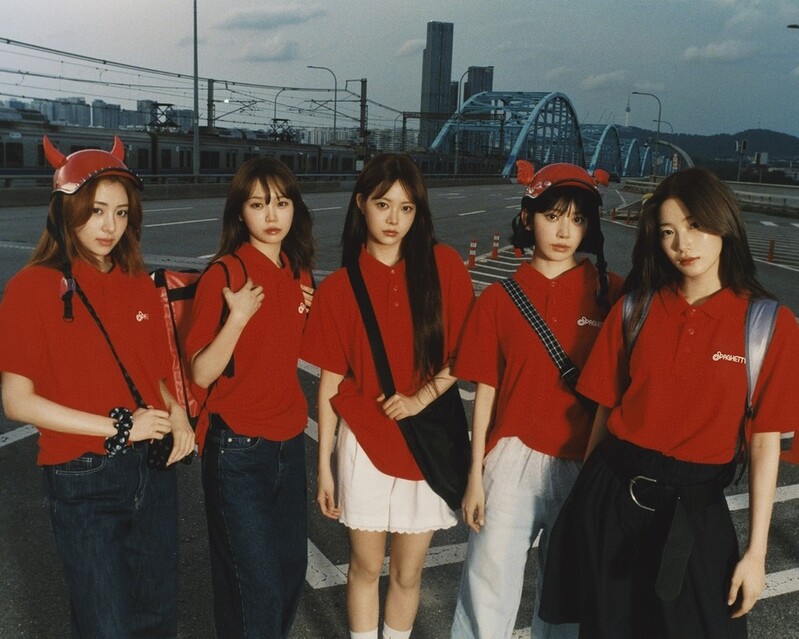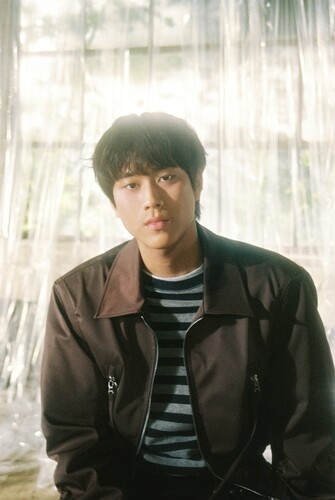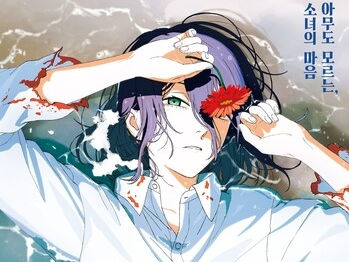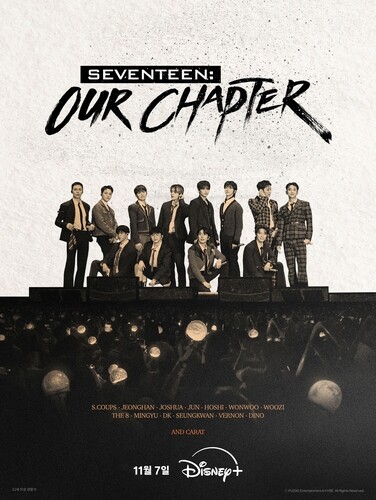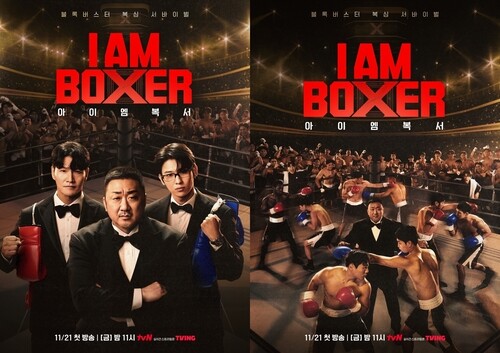 |
| ▲This photo shows, part of RyuSeong-ryong's calendrical book. (Yonhap) |
 |
| ▲This photo shows, part of RyuSeong-ryong's calendrical book. (Yonhap) |
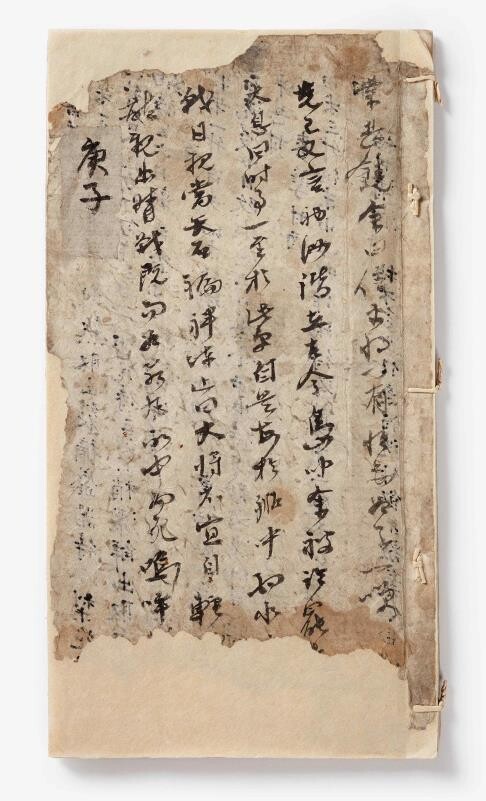 |
| ▲This photo provided by Cultural Heritage Association shows, part of RyuSeong-ryong's calendrical book. (PHOTO NOT FOR SALE) (Yonhap) |
 |
| ▲This photo provided by Cultural Heritage Association shows, part of RyuSeong-ryong's calendrical book. (PHOTO NOT FOR SALE) (Yonhap) |
 |
| ▲This photo provided by Cultural Heritage Association shows, Documents of RyuSeong-ryong’s Family. (PHOTO NOT FOR SALE) (Yonhap) |
 |
| ▲This photo shows Choi Eung-chon administrator of Cultural Heritage Administration. (Yonhap) |
SEOUL November 24 (Yonhap) -- Calendrical Book of the Gyeongja Year (1600) with Memoranda by Ryu Seong-ryong has returned to South Korea.
The returned Calendrical Book of the Gyeongja Year (1600) with Memoranda by Ryu Seong-ryong is highly regarded for its value as cultural heritage in that it allows a better understanding of his life and times. It also features details of an event involving Admiral Yi Sun-sin during the Japanese Invasions of Korea
According to the Cultural Heritage Administration and Overseas Korean Cultural Heritage Foundation on Thursday, Calendrical Book of the Gyeongja Year (1600) with Memoranda by RyuSeong-ryong: A metal-type printed book published in 1599 has returned to South Korea in September of 2022.
Calendrical Book of the Gyeongja Year is like a calendar from the past which included, month, date and seasons.
These calendrical books were used as guidelines for daily life and farming. They were kept handy by their owners, who added notes about their daily schedules along with their thoughts and impressions. Therefore it was used as diaries as well.
Returned calendrical book including the cover is 16 pages long and includes an annual events that happened within the year 1600.
Calendrical book which originated since 1370 under the ruling of King Gongmin of Goryeo dynasty, which continued on its tradition for 280 years, are very rare cultural heritage since near to no calendrical books are remain existence.
Size of the of the calendrical book is little bit longer than the size of A4 paper with dimension of 20cm wide and 38 cm high.
Calandrical book itself withholds information such as weather, date, symptoms of the illness and more. In total it withholds 203 days worth of data from over 190 people.
“ Based on the results of an analysis of the handwriting and on information such as the names of figures and events mentioned, the book was compared with content from A Chronology of RyuSeong-ryong (Seoaeseonaesngyeonbo). The results of this comparison suggest that the returned item is a sutaekbon* that belonged to RyuSeong-ryong.” addressed Cultural Heritage Association.
“Sutaekbon” is a book that was kept handy by its owner and used frequently.
The returned calendrical book is presumed to have belonged to RyuSeong-ryong. It is highly regarded for its value as cultural heritage in that it allows a better understanding of his life and times. It also features details of an event involving Admiral Yi Sun-sin during the Japanese Invasions of Korea. That is because, no other calendrical book on this Gyeongja year has survived in Korea.
The cover page of the returned calendrical book contains total of 83 words.
Exhibit which is missing the top and the bottom part of the paragraph includes name Yeohae, along the lines “Yeohae personally risked his life firing arrows and flinging stones, so the adjutant generals asked to him to stop fighting saying, ‘General, you should not value your life so lightly.’”
Yeohae is son of Admiral Yi
What follows after the sentences can be interpreted as Yeohae entered the battle on his own will and died after he got hit buy the flying bullet. This indicates, Admiral Yi, despite of everyone’s persuasion not to engage in the battle, directed the battle died on the field of war.
Within the calendrical book there are indications that Gang Hang returned home in year 1600 after he got captured as a war captive.
Moreover, researchers have found out the calendrical book includes recopies for Korean traditional drinks, so far there are 7 to 8 different kinds of recopies written within the calendrical book.
The calendrical book retuned back to South Korea withholds unique and important meaning in a scenes that many new information has been reveled due to the book.
It is particularly meaningful in that it represents a discovery and repatriation of new materials that were missing from the state-registered Treasure “Documents of RyuSeong-ryong’s Family.”
Returning journey of the calendrical book was made possible due to the support from various helpers.
calendrical book was originally sold to a Japanese buyer two years ago, however honorary professor Kim Moon-kyung of Kyoto University found out about the calendrical book and reported it’s whereabouts to Cultural Heritage Association in May of 2022. How the calendrical book has managed to travel to foreign ground is still a mystery.
After receiving the information from the informant, Cultural Heritage Association, and other association contacted classicist Noh Seung-seok from Yeohae Classic Research Institute for a translation. After two full months of going over the information, it was confirmed that written contexts are about Admiral Yi. Lottery fun was used to buy back the calendrical book from Japan.
Choi Eung-chon administrator of Cultural Heritage Administration addressed “On top of all the indications regarding Ryu Seong-ryong the calendrical book withholds information about historical events which happened in year 1600,” adding “Return of the calendrical book will expedite the speed of understanding various heritage to be found in the future.”
The returned calendrical book will be safely kept at the National Palace Museum of Korea and later on used for further research and exhibitions.
(This article is translated from Korean to English by Joonha Yoo)
(END)
(C) Yonhap News Agency. All Rights Reserved









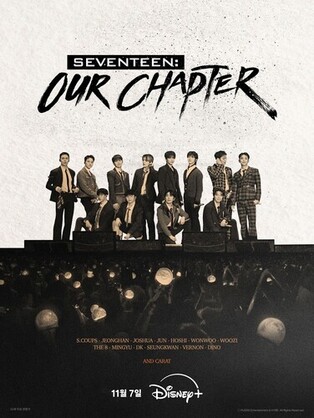



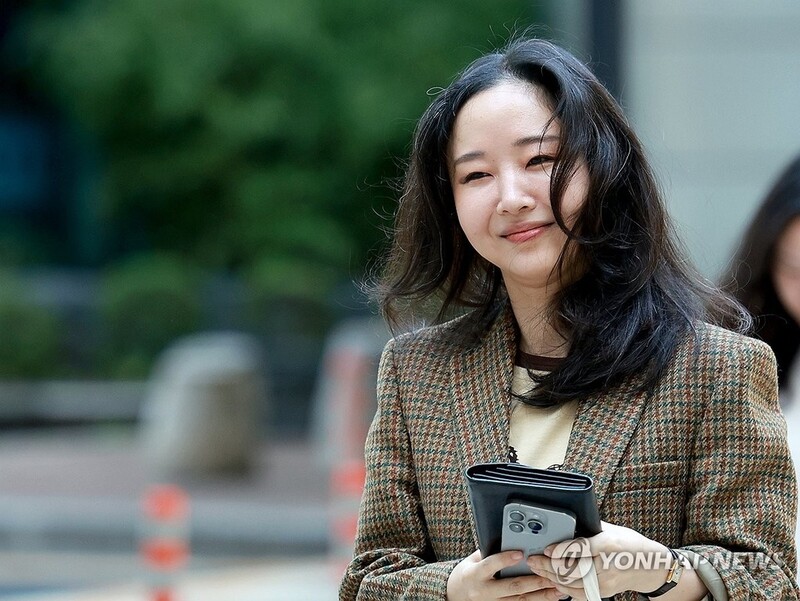
![[방송 소식] MBC 대학가요제 13년 만에 부활…26일 방송](https://korean-vibe.com/news/data/20251024/yna1065624915904676_716_thum.jpg)
![[신간] 레넌과 매카트니는 경쟁자였을까…'존 앤드 폴'](https://korean-vibe.com/news/data/20251024/yna1065624915904305_293.jpg)
